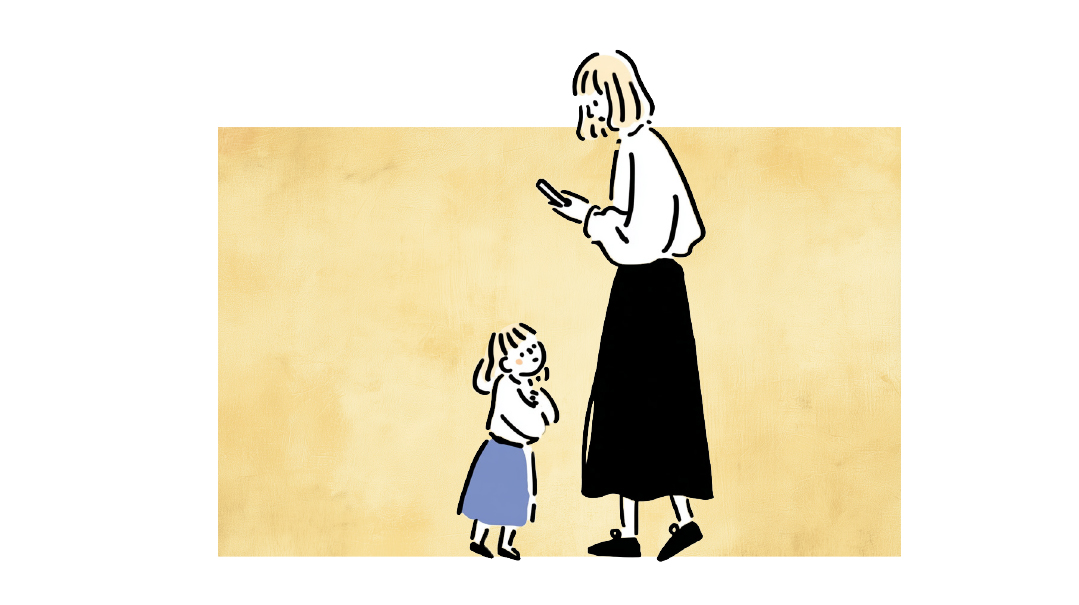Positive Discipline


P
arents are busy day and night teaching their children how to look after themselves and others; how to communicate; how to fulfill responsibilities; how to manage their anger money and moods; how to clean up after themselves — how to do everything that goes into being able to live a spiritually emotionally mentally and physically healthy life.
Whether your children will be able to learn and assimilate all of your instruction is not in your control. Nonetheless you must do your best to teach. What then constitutes best teaching practices?
How Do We Learn?
To answer this question we need to look at what happens in our brain when we learn something. Please plow through this very short brain science lesson because understanding how your child learns new behaviors will make all the difference in how you try to teach them to him.
Without delving deeply into neuroanatomy let’s just say that learning creates physical changes in the brain. Learning a new pattern of behavior sends a flow of electrical impulses along a new neural pathway. Practice of that behavior initiates a process called myelination — which kind of “greases the wires.” The result is that those electrical impulses can now fly through the pathway at far greater speeds causing the new behavior to become fast and automatic. This is why practice leads to learning.
Junior Misbehaves
With this bit of science we can easily understand why many popular parenting strategies fail to teach the child what we want him to know. Telling a child that a behavior (i.e. name calling) is wrong doesn’t create a new connection of neurons where we want it. In the current sequence of neurons within the child’s brain the trigger event “younger brother grabs toy” is linked in a neural sequence that ends with the action tendency “punch and call names.”
If the older child has practiced the “punch and call names” response many times already myelination has made this neural sequence super speedy. When Mom says “We don’t hit or call names. Ask your brother to give you back the toy” this information is filed somewhere in the brain but isn’t attached to the current neural pathway that starts with “younger brother grabs toy.” This is why simple correction almost always fails to teach.
Suppose Mom uses punishment instead of simple correction. “From now on when you punch or call names you’ll lose dessert.” And indeed Junior loses dessert a few times which upsets him but fails to affect the neural pathway. The next time the trigger “younger brother grabs toy” occurs the currently wired sequence fires again ending with “punch and call names ” and this will continue to happen until the sequence is rewired.
Rewiring
We can see from all this that focusing on the child’s misbehavior cannot teach him a new more appropriate behavior. Let’s call the new behavior the “target” behavior; this is what we want the child to do when the trigger occurs. We want to attach a different ending to a current neural pathway. In this example we want the trigger “younger brother grabs toy” to end with “ask for the toy back and go get Mom if there’s an issue.” For this sequence to become an automatic response for the child myelination has to occur.
For myelination to occur the sequence must be practiced many times. This happens by the parent guiding the child to actually perform the desired behavior when the trigger has occurred and continue doing so every time the trigger occurs until the behavior is learned.
So Mom says “We don’t hit or call names. Ask your brother to give you back the toy. If he doesn’t come get me. Go to him right now and ask him to please give you back the toy.” Mom will then supervise the new behavior and reward it with praise.
To design your own interventions identify the sequence of events preceding an identified misbehavior (i.e. child doesn’t wake up with alarm). This is called your trigger (e.g. alarm clock rings). Identify the target behavior (child gets out of bed). Help the child succeed at performing the target behavior (i.e. help him get out of bed when the alarm rings).
Reinforce the target with praise (“You did it!”) and repeat the operation as often as necessary until the new behavioral sequence is established and the child has learned what you want to teach him (i.e. he gets out of bed when the alarm goes off).
Oops! We could not locate your form.




